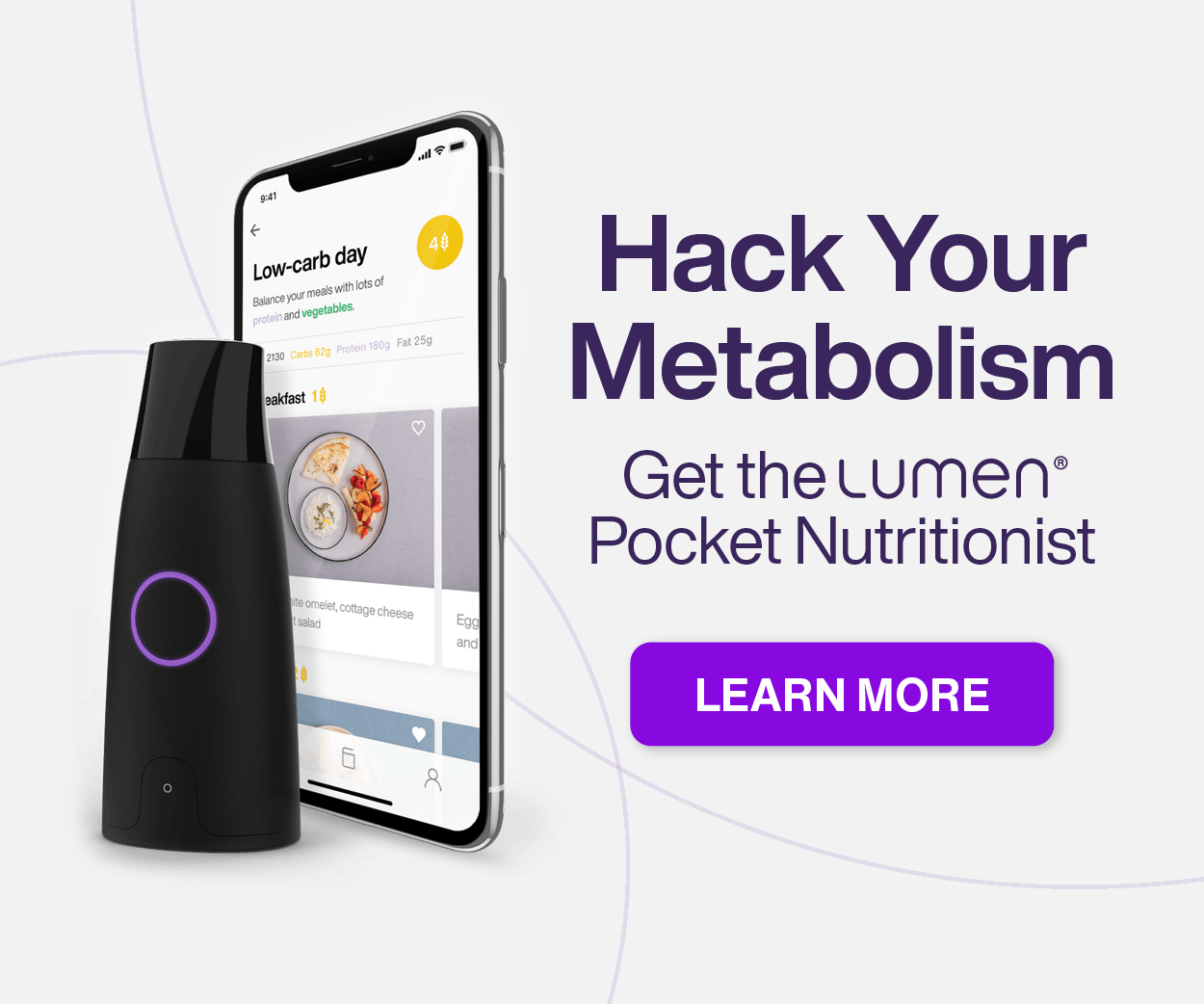By: Natasha Uspensky, CHHC
 It may not be getting warm outside yet, but listen ladies, it’s time to get your business in order. When you’re taken care of, you feel prettier and sexier… When you feel sexier, you feel better about yourself… This leads to a happier relationship with your partner and/or yourself! So start shaving those legs, and get in there for some grooming.
It may not be getting warm outside yet, but listen ladies, it’s time to get your business in order. When you’re taken care of, you feel prettier and sexier… When you feel sexier, you feel better about yourself… This leads to a happier relationship with your partner and/or yourself! So start shaving those legs, and get in there for some grooming.
I actually often get asked if there is a healthier alternative to waxing, and there is! Behold, a waxing vs. sugaring, a comparison:
Waxing
Ingredients

There are a lot of different waxes out there, with ingredients that include resins and chemical ingredients like dyes, fragrances, and preservatives. Depending on the quality of the wax, there may also be some harmful additives like BHT and parabens, bad guys you definitely don’t want anywhere near your special lady parts.
Method
There are a few different types of wax. Hard wax goes on hot and hardens, it can then be pulled off without the use of cloth strips. The extreme heat and hardness of the wax can be especially painful for sensitive skin. Soft wax also goes on hot, and then is removed with a cotton or muslin cloth. It can be slightly less painful, and is often not quite as scorching hot. There is also soft wax that goes on with a roller, which typically has more harmful ingredients and is less effective. Lastly, there are cold wax strips. They typically come pre-applied and do not need to be heated. They often have more chemical ingredients and are not as effective as hot wax.
Waxing Pros
- Really effective at removing hair
- Different types to choose from to suit different kinds of hair (from course to fine)
Waxing Cons
- Can burn skin
- Lower quality and chemical ingredients
- Bacteria can grow in wax and cause infection
- Can remove a layer of skin, in addition to hair
Sugaring
Ingredients
Sugaring is made from natural ingredients — sugar, lemon juice, and water. Sometimes essential oils or glycerin are added.
Method
Sugaring is performed in the same way as wax. Typically, the sugaring mixture isn’t quite as hot as hot wax, which can be less painful.
Sugaring Pros
- Natural, skin-healthy ingredients
- Effective at removing hair
- Bacteria is not as apt to live in sugaring mixture
- Less hot, so won’t burn skin
- Won’t remove skin
Sugaring Cons
- Often times slightly more expensive
Clearly, sugaring wins out with way more pros than waxing. It is also super easy to do at home! I really like Moom Organic Hair Removal Kit, which is all-natural and works really well. You can also make your own at home!
 At-Home Sugaring Recipe
At-Home Sugaring Recipe
Combine 2 cups sugar, 1 cup water, and 1 cup fresh lemon juice in a saucepan. Simmer over low heat, mixing regularly. Once it’s hot, remove from heat and let cool slightly before applying. Apply to hair, use muslin waxing cloths to remove.
CAUTION: BEWARE DOUBLE-DIPPING
If you get your sugaring or waxing done at a salon, make sure to go a NO DOUBLE DIPPING salon. Most salons will use the same application stick for a client’s entire waxing session, transferring all kinds of bacteria into the wax or sugar mixture. A salon that doesn’t double dip will use a different applicator stick every time they dip into the mixture, ensuring that no bacteria is transferred from client to client. This is crucial to preventing infection, and even STD’s!
Like this:
Like Loading...







 At-Home Sugaring Recipe
At-Home Sugaring Recipe











